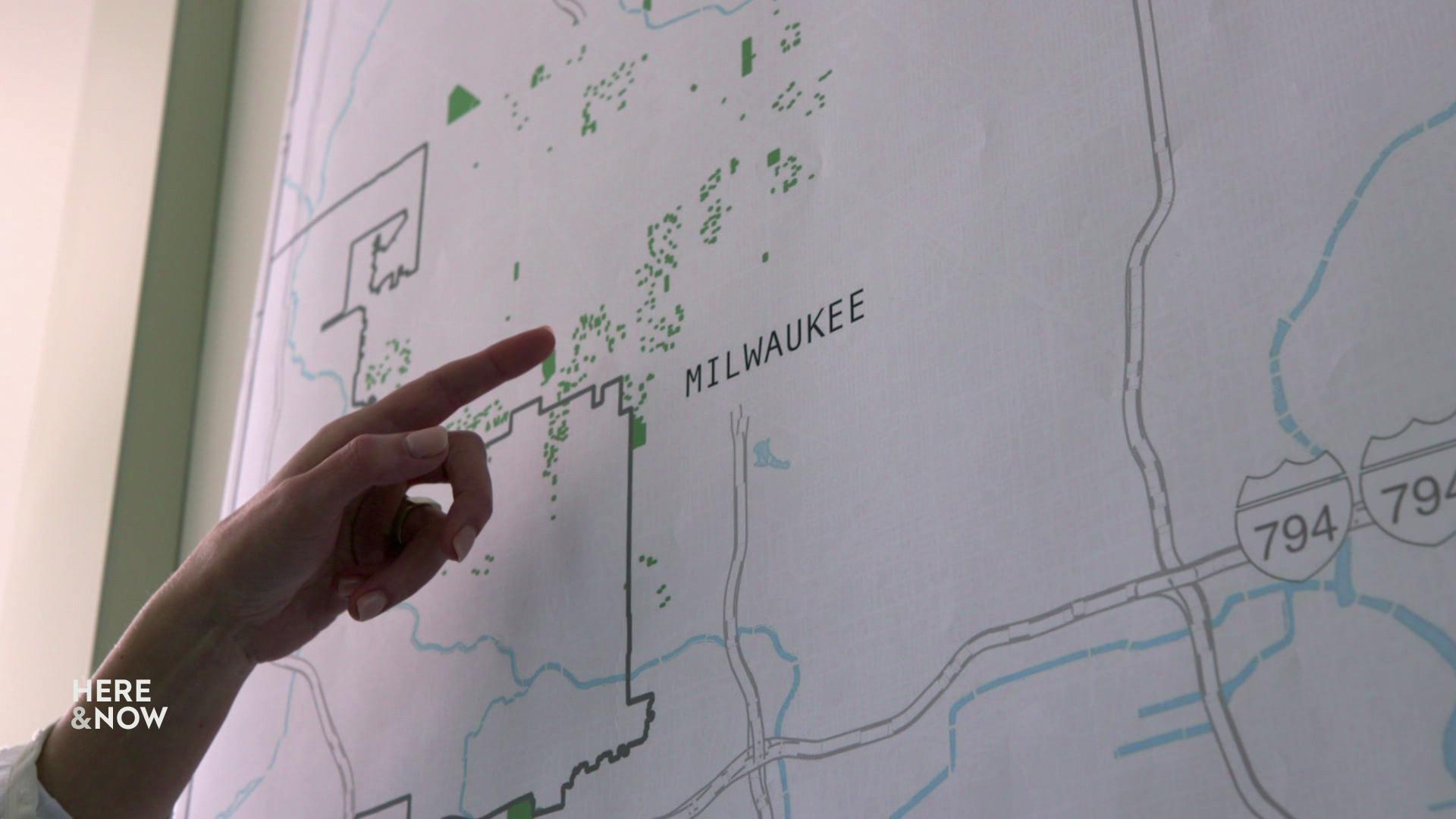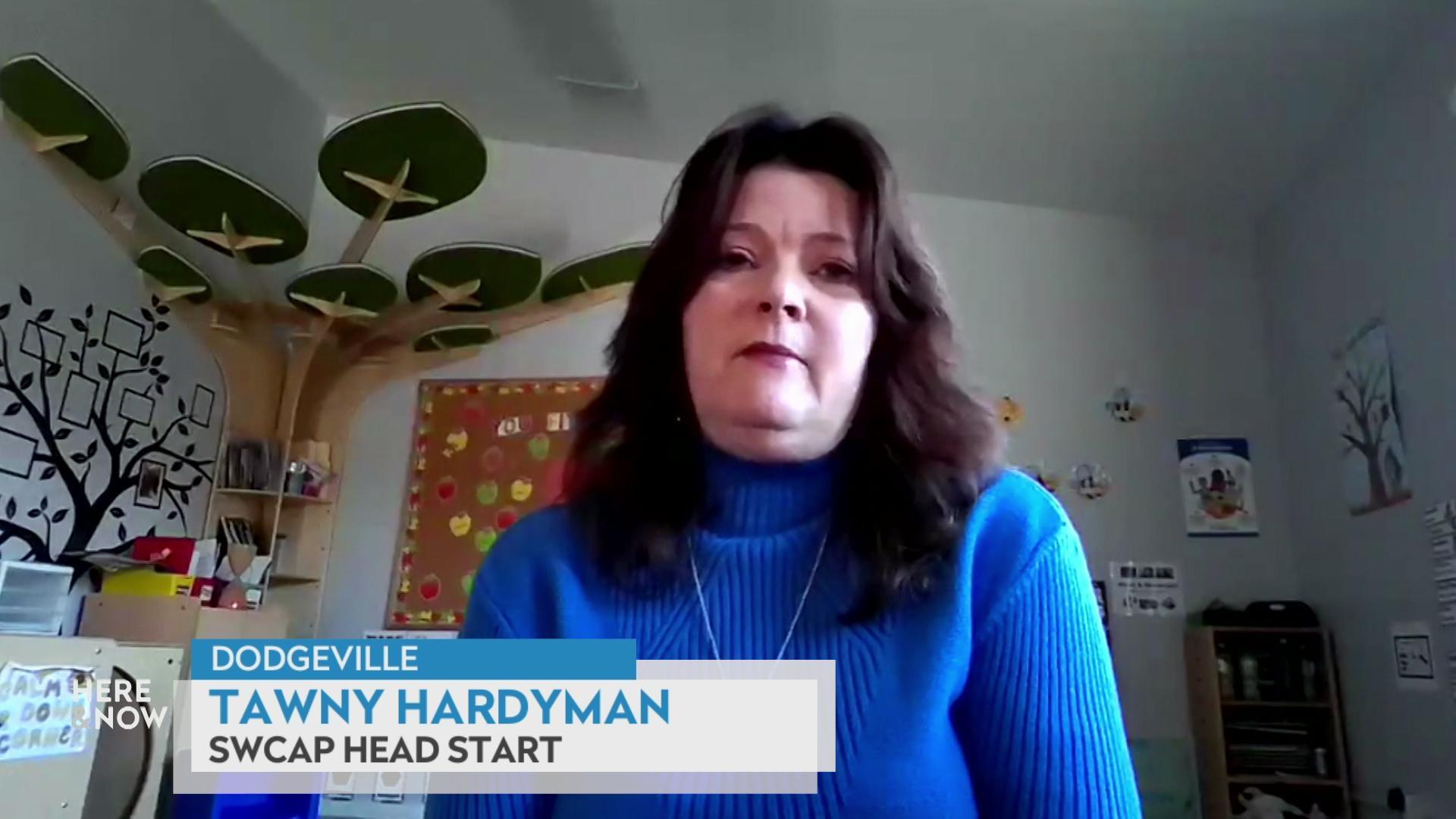Professors, students tackle generative AI at UW-Madison
Use of generative AI programs is becoming more commonplace in higher education settings, prompting UW teachers and students to learn how to use the rapidly changing technology safely and ethically.
By Jane McCauley | Here & Now
January 5, 2024
The world of machine learning exploded into everyday lives over the last year when generative artificial intelligence, with advanced language models and chat functions, became available to the masses.
College educators and students in Wisconsin are adapting to the new AI landscape.
“We use terms like artificial intelligence and it sounds kind of scary, right?,” said Yonatan Mintz, an engineering professor at UW-Madison.
Powerful servers process and analyze large amounts of data to produce artificial intelligence. In fact, AI was used to generate some of the images in this story. But, the concept of AI is not a new one.
“Like the image that I conjure up is HAL-9000 or Terminators, you know? Crazy stuff like that,” Mintz said.
Machine learning dates back before the ’80s. But the release of AI programs that generate photos, or text like ChatGPT have only been in public use since the end of 2022,” he explained.
Mintz focuses on the ethics of AI and ways people can learn to use it safely to solve problems.
“There’s not one single standard for safety,” he said. “These are just very capable tools that are useful. They’re designed with a purpose. They’re designed by people, and they have limitations. It’s just kind of like the next step in helping us improve.”
But what are these programs, and how do they work?
Programs like ChatGPT are language-based models, meaning they excel at cleaning up grammar and articulating writing.
“I have students, for example, that speak English as a second language, like I myself speak English as a second language. There’s some things that don’t come naturally if you’re not a native speaker,” Mintz said.
And AI programs can rearrange writing to make it sound natural.
“GPT comes super handy if you give it a prompt like, ‘Hey, can you edit this to make it sound more natural?,’ or ‘Can you edit this to make it sound kind of more concise?,'” Mintz added.
Teachers differ on whether they encourage students to use artificial intelligence in the classroom or avoid it completely. Professors like Nate Jung teach students to think critically about how to use AI programs.
“I’m not trying to veer them towards not using it or view them towards using it,” he said. “I just want them to understand what it is and how they can make informed choices about its use in school and beyond school as well.”
During class, Jung invites his students to have open conversations about AI, including how to use it to brainstorm and narrow down writing ideas.
“The college writing classroom is more important than ever, precisely because it really is one of the only places, if not the only place, that students will receive instruction on how to responsibly use generative AI,” Jung said.
But many students are hoping to tackle these questions themselves.
“A group of us were like, ‘OK, we should get in this. This is a really big deal,'” said UW-Madison senior Ben Hayum.
He founded the Wisconsin AI Safety Initiative club to get students thinking about broader questions when it comes to AI safety in society.
“We decided, what if we create a system of a student group that can help many students year after year into this really important field, educate folks on it and raise awareness for the problems there,” Hayum said.
The student organization meets throughout the semester to discuss using AI to solve issues from climate change to global health. They also talk about the dangers of AI.
“So, one is the whole risk of misinformation,” said Hayum.
Another is potential bias — or even personal targeting.
“I’m going to target misinformation that particularly you are susceptible to given your preferences, your biases, all that kind of stuff,” explained Hayum about one potential type of misuse.
As the early stages of generative AI evolve, students like Hayum strive to learn how to safely integrate this new technology into people’s lives.
“Buckle up,” Hayum said. “Be ready for this, and be aware of what’s happening.”
 Passport
Passport











Follow Us